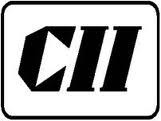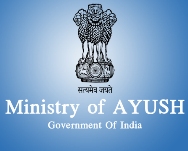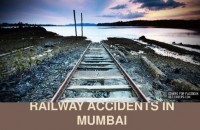CII welcomes the passing of the Constitution (One Hundred Twenty Second Amendment) Bill 2014 related to the Goods and Services Tax (GST) by the Rajya Sabha on 3 August 2016.
“GST is India’s most significant tax reform in decades. GST, when implemented, is expected to usher in a harmonised national market of goods and services and shall lead to a simplified, assesse-friendly tax administration system. Once implemented, it will subsume all of the country’s central and state level duties and taxes, thus making the country a national market and contribute significantly to the growth of the economy”, said Dr Naushad Forbes, President, CII.
The manufacturing sector in particular is expected to be a big beneficiary of GST as the economic system becomes more competitive. As GST will be aligned with an information technology platform, the tax payment system would also be streamlined.
Consequently, the supply chain would become faster, seamless and more efficient by allowing for uninterrupted movement of goods across the country. CII anticipates that implementation of GST from 1 April 2017 would reduce transaction costs and boost GDP by 1.5 – 2% points.
While government has left no stone unturned to seek a consensus, the willingness and maturity of the key opposition party in terms of understanding the issues and straightening out the differences is indeed praiseworthy. Industry can now think of ‘One India’, which was truly pursued by almost all political parties in true letter and spirit. Both the ruling and opposition parties have set aside political bargaining and have joined hands at the moment to create history by ushering in a unified tax regime.
The amendments to the Bill by the government seek to accommodate some of the demands of the opposition as well as address the concerns of states, particularly with respect to revenue losses. CII welcomes the key amendments proposed by the government including deletion of the clause relating to levy of an additional 1% tax on supply of goods, full compensation for five years for any revenue losses arising from a transition to GST and setting up of Dispute Resolution Authority to be set up by GST Council among others.













